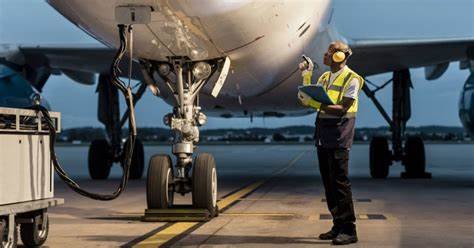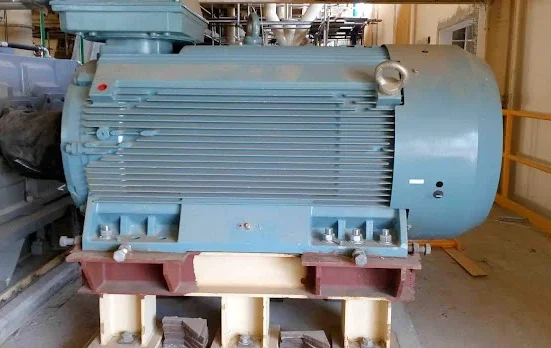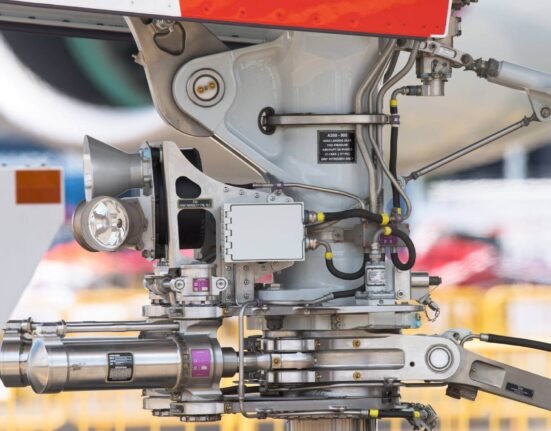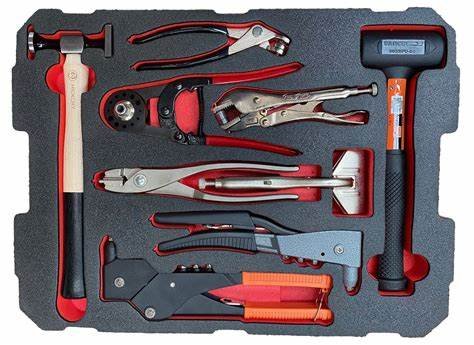The aviation industry is undergoing a technological revolution, and aircraft maintenance is at the forefront of this transformation. As airlines and maintenance, repair, and overhaul (MRO) providers seek to improve efficiency, reduce downtime, and enhance safety, innovative approaches are reshaping the future of aircraft maintenance. Advanced diagnostics, predictive maintenance, automation, and sustainable practices are key drivers of this evolution, ensuring that modern fleets remain operational, cost-effective, and environmentally friendly.
Predictive maintenance powered by artificial intelligence (AI) and machine learning is revolutionizing aircraft upkeep. By analyzing real-time data from sensors embedded in aircraft systems, AI-driven analytics can predict potential failures before they occur. This proactive approach minimizes unscheduled maintenance, reduces operational disruptions, and extends the lifespan of critical components. Airlines can now transition from reactive to predictive maintenance models, enhancing both reliability and cost efficiency.
Automation and robotics are also redefining the aircraft maintenance landscape. Autonomous drones equipped with high-resolution cameras and infrared sensors are conducting rapid inspections of airframes, identifying structural issues with unparalleled accuracy. Robotic arms and automated systems are performing complex maintenance tasks with precision, reducing human error and increasing turnaround speed. These advancements enable MRO providers to streamline operations while maintaining stringent safety standards.
Digital twin technology is further pushing the boundaries of aircraft maintenance. By creating a real-time virtual replica of an aircraft, engineers can simulate wear and tear, analyze performance, and optimize maintenance schedules. Digital twins provide a comprehensive overview of an aircraft’s health, allowing for data-driven decision-making and efficient resource allocation. This technology is particularly beneficial for fleet management, ensuring that multiple aircraft remain in peak operational condition.
Sustainability is becoming a fundamental aspect of aircraft maintenance strategies. The use of eco-friendly materials, energy-efficient processes, and waste-reduction initiatives is driving the industry towards greener maintenance solutions. The adoption of sustainable aviation fuel (SAF) and the recycling of retired aircraft components are further contributing to the industry’s commitment to environmental responsibility.
Despite these advancements, challenges remain in implementing next-generation maintenance strategies. High initial costs, regulatory approvals, and the need for skilled personnel to manage cutting-edge technologies pose hurdles to widespread adoption. However, organizations that invest in digital transformation, workforce training, and innovative solutions will position themselves as leaders in the future of aircraft maintenance.
Stay ahead in the evolving world of aircraft maintenance. Subscribe to EPCI.ng for expert insights, industry trends, and groundbreaking advancements shaping the future of aviation.







Leave feedback about this